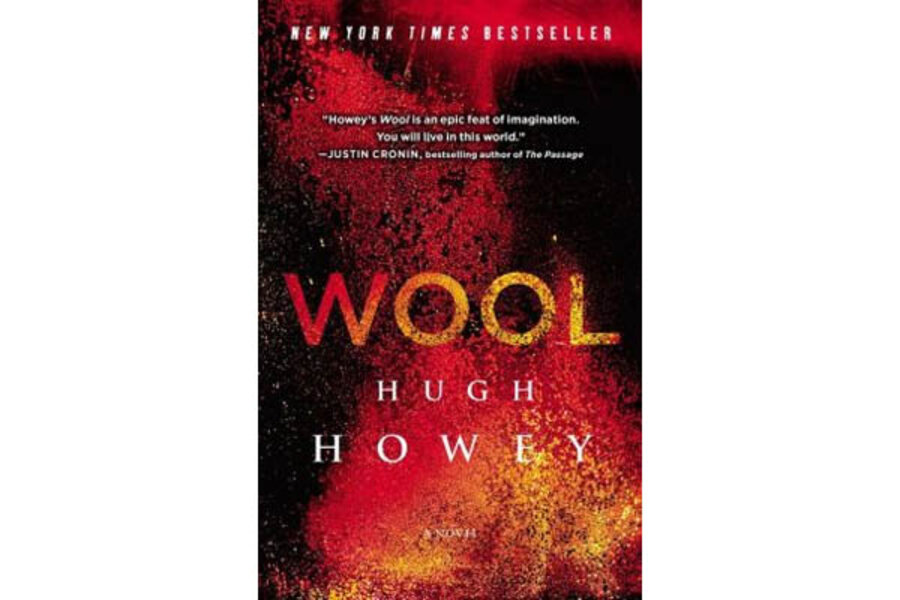'WOOL': Why all the hype?
Loading...
It reads like the collective dream of authors everywhere. A writer closing in on middle age self-publishes a serial novel. The book slowly gains traction in the underground of the writerly world, selling for only $1 on e-readers.
Within a year, the writer has already made a million dollars all by himself. That's when the big publishing houses close in on him, trying to buy digital and print rights to the book with big seven-figure deals. But the author is making around $120,000 a month from book sales, so he turns them all down.
Until Simon & Schuster comes along and offers to buy just the print rights – leaving digital sales to the writer – for a six-figure sum.
Hugh Howey, author of the incredibly popular e-book "WOOL" is the man who got to live this story. (A much more detailed version in the author's own words is available on IndieReader.com).
"WOOL" is the story of the last remnant of humanity all living together in an underground silo. The only contact they have with the desiccated outside world is through cameras that transmit back to the silo. Sometimes, a member of the community will be sent to his or her death by cleaning the lenses of the cameras. According to the The Wall Street Journal Howey says he got the idea for "a future where people get all of their information from a single, unreliable screen" when he was watching cable news.
Howey seems to be the modern-day William Wallace of the self-publishing world. He refused "life-altering" sums of money in favor of a contract that, in his words, "when read, made [him] feel like a human being." His cry of "freedom" is being closely watched by publishers and authors alike. He has stated that he made a stand on the details of his contract to pave the way for other self-publishers, but that he didn't think any publisher would go along with the idea.
Simon & Schuster released the hardcover and the paperback editions at the same time and positive reviews are coming in from mainstream venues like The Washington Post and The Guardian, perhaps opening the door to a whole new wave of readers.
Howey's taken an unprecedented stand on his contract – refusing to sign the digital rights to his book over to a company that wouldn't necessarily be able to do much more for him than he had done for himself. "In the end," says Howey on IndieReader, "it turned out that it was easier for the publishing industry to change just a little bit, just a smidgeon, in order to accept me just the way I am."








